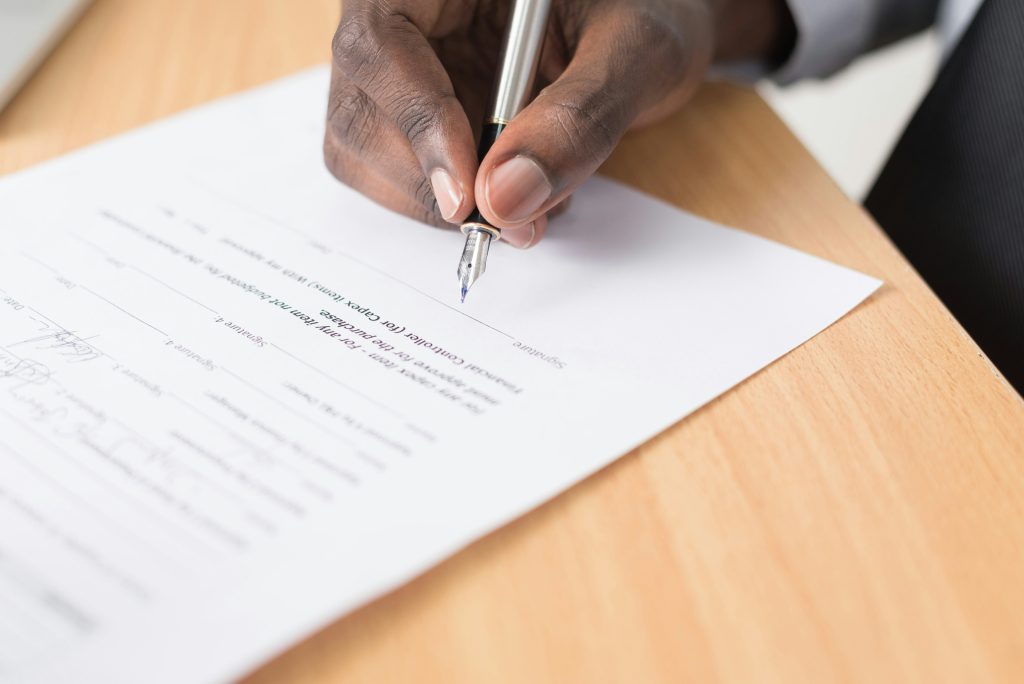Each translator has their own unique experience level, voice, style and toolkit. This means that no two translations will be alike.
And this isn’t a bad thing: we need diversity. Different voices and perspectives make any field richer, more interesting, valuable and resilient.
The beauty of translation is that a text can be translated a thousand different ways and still be correct (i.e. fit for purpose). Each translator will read the content from their own understanding, filter it through their own experiences, and then express their interpretation of it in their own unique voice.
(Believe me on this – I’ve been correcting the same texts in the courses I tutor for over three years now, and I’m still sometimes surprised by my students’ solutions.)
While that diversity is necessary and beautiful, a translator also has to be adaptable. They have to understand their client’s voice and be able to render it as faithfully as possible in the target language.
However, we translators are (thankfully) not machines, so that adaptation process is not automatic. So, when you work with a new translator, you want to make sure you give them all the information they need to produce the kind of work you want.
So how can we make sure that the adaptation process goes as smoothly as possible?

Understand the limitations
Translation agencies and freelancers have different strengths and weaknesses. Maybe you’ve been burned by an agency before and want to try things out with a freelancer.
I certainly encourage you to do so. But before you do, there are some things you should keep in mind:
- A translator will have limited capacity and availability. We usually translate about 2000 words per day when working exclusively on a job (but of course, we have other client projects to juggle).
- A translator only works into certain language pairs. I, for example, only translate from Spanish, English and Estonian into Spanish and English (and that’s already more pairs than most translators!). Now, while I’m more than happy to recommend colleagues for different language combinations, managing a large multi-lingual project involving 20 different language pairs might be beyond my capabilities.
- There are thousands of freelance translators out there, all with different backgrounds and levels of expertise. Make sure you do your due diligence and check that their skills and expertise are suited to your needs. You can always start small and see how a translator does with a small job before entrusting them with a big project. (To be fair, this advice is fully applicable to working with agencies as well.)
If these trade-offs sound acceptable to you, keep reading to learn how you can make your partnership with a freelance translator a success.
The translation brief
A brief is the cornerstone of any big translation project or long-term collaboration. First, it’s going to give your translator all the information they need to assess whether they can do the job. If they can’t, most translators are happy to refer a colleague. If they can, they will prepare a quote for you.
What information is included in a translation brief?
Usually, a translator will at least ask about:
- Type of service (translation only, translation plus revision, proofreading, etc.)
- Language combination
- Type of text
- How much text (word count)
- Purpose of the text
- Deadline
These are the basics. If you are able to attach the file (or files), even better. I myself can’t provide an exact quote without first seeing the actual document.
A translation brief might also include other information:
- Target audience
- Reference material
- Special layout or formatting requirements
- Style guide
The brief can be put together via email, interview or a form (this is the one I use).
Generally, the more information you can give your translator, the better, as they will be better able to deliver work that meets your needs and preferences.
Confidentiality agreement
An important step in starting a collaboration with a translator is to sign a confidentiality agreement, also often referred to as an NDA (non-disclosure agreement).
Good translators tend to be careful with their clients’ data by default. In fact, many translators’ associations (like Asetrad, the Spanish Association of Translators, Copy-editors, and Interpreters) have an ethics code that includes confidentiality of client data. But it’s still important to have these things in writing.
This way you’ll make sure that both parties are on the same page: your translator is committing to protecting your personal data and safeguarding your confidential information (which may include trade secrets, proprietary business information, emails exchanged, etc.).
Note that if your translator is going to subcontract any work, you’ll want to ensure they have an NDA signed with their subcontractor.

Reference materials
A really useful thing translation buyers can do is provide their translators with reference materials.
These may include:
- A style guide
- Glossaries of preferred terms, monolingual or (ideally) bilingual
- Lists of banned terms
- Past translations
- External reference material
If you’ve worked with translators before, it’s a good idea to let your translator know and provide them with material you have had translated in the past. Importantly, specify whether those translations served you well:
- If they did, the translator can emulate the tone, style and terminology to keep things consistent. This is good for your brand or institutional image.
- If they did not, can you explain why? What you did not like about those translations says a lot and your new translator can use that information to make sure past mistakes are not repeated.
If you’ve never worked with a translator before, never fear. This has the advantage that your translator doesn’t have to worry about keeping a consistent tone with previously translated material, and together you can develop style and terminology guidelines as you go.
You may also consider providing external reference materials. For example, if you want a research article translated, and you have some favourite authors in that field or you cite certain relevant articles, your translator can find these very useful (to match the tone or find a certain specialised term, for instance).
Adaptation period – a match made in heaven?
A long-term collaboration with a trusted translation partner is a wonderful thing:
✅ The translation buyer gains a reliable partner who *gets* them.
Say goodbye to wasting time and money shopping around and getting underwhelming results from translation providers that churn out lightly-edited machine-translated content.
✅ The translator gets satisfying and meaningful work, making valuable contributions to their client’s projects. It’s energising and motivating.
A total win-win.
But you do need to invest in the relationship to ensure its success.
If your translations need to meet very specific or rigorous requirements, expect to provide your translator with lots of feedback, especially at the beginning.
As in any new collaboration, it takes time to learn each other’s quirks. But as your translator learns from your feedback, everything will smooth out over time.
Having said this, there will always be some subjectivity in this process, and sometimes no matter how much the translator adapts, they just won’t be a good match for a given client.
And that’s okay. Someone else will be.
The translation market is large and diverse, and there’s room for everyone.
🔷 🔷 🔷
If you need help to translate texts from Spanish, English or Estonian into Spanish or English, please get in touch! I specialise in legal, financial and academic texts, but also have a network of colleagues I can recommend if you’re looking for something else.


